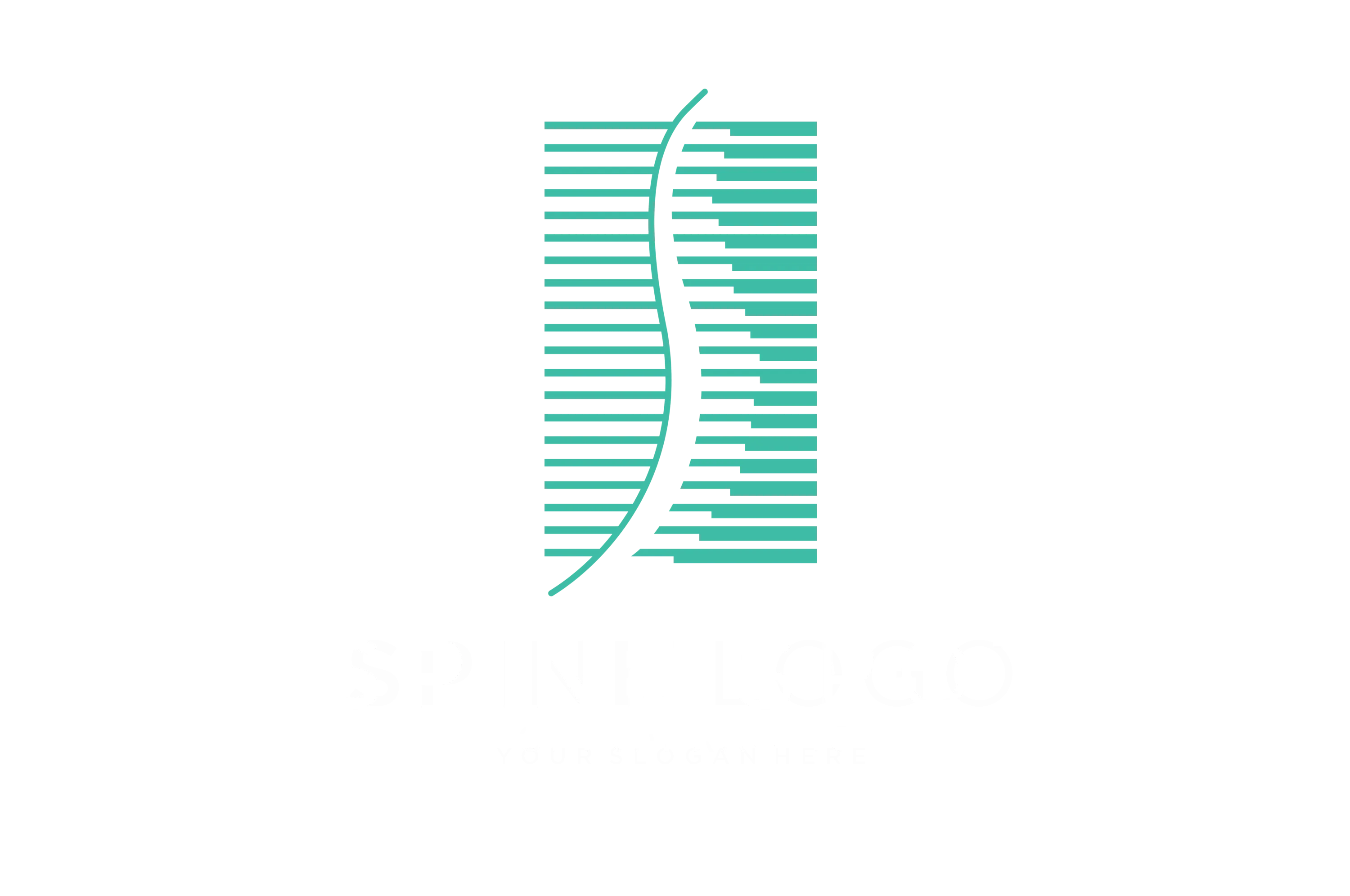Myofascial Release
Myofascial release is a gentle, hands-on therapy that uses pressure on specific muscles and connective tissues to release tension and improve flexibility. “Myo” means muscle. “Fascia” is the connective tissue that sits below the skin and stabilizes, covers, attaches, and separates muscles, nerves, blood vessels, and organs from one another. Myofascia, specifically, refers to the fascia that surrounds and separates muscles.
Throughout the body, fascia can be found in bands or sheets and is strong and durable. It is tightly woven, kind of like a spider’s web, and that woven design is what gives fascia its strength. Perhaps one of fascia’s most interesting features is that it is one continuous structure from the head to the feet. That is why a fascial restriction in one area of the body can cause symptoms somewhere else.
What is Myofascial Release?
Understanding the Fascia and Myofascial Tissue
The fascia is a thin, tough, elastic type of connective tissue that wraps most structures within the human body, including muscle. Myofascial tissue refers to the layers of interconnected tissues that encase and support the muscles. These tissues can become restricted due to overuse, trauma, or inactivity, leading to pain and other symptoms.
How Does Myofascial Release Therapy Work?
Myofascial release therapy involves applying gentle and sustained pressure into the myofascial connective tissue restrictions to eliminate pain and restore motion. This hands-on technique is employed to elongate and stretch the fascia, promoting improved range of motion and flexibility. The therapy may utilize tools such as foam rollers to assist in myofascial release techniques.
Benefits of Myofascial Release Techniques
Myofascial release techniques can provide several benefits, including alleviating tightness, improving posture, and reducing chronic pain. This therapy is used to treat various conditions, such as carpal tunnel syndrome, TMJ disorders, and low back pain, by releasing myofascial trigger points and restoring flexibility.
How Can Myofascial Release Help with Pain?
Addressing Myofascial Pain and Trigger Points
Myofascial pain often results from myofascial trigger points – hypersensitive spots in the muscles that cause pain when compressed. Myofascial release therapy focuses on releasing these trigger points, which can alleviate pain and promote relaxation within the affected muscles.
Conditions Treated by Myofascial Release Therapy
Myofascial release therapy is beneficial for addressing various conditions, including chronic pain, fibromyalgia, and soft tissue soreness. Additionally, it can help in managing conditions related to connective tissue, providing relief from tightness and discomfort.
Benefits of Myofascial Release for Back Pain
Patients experiencing low back pain can benefit from myofascial release therapy. By targeting the myofascial restrictions in the affected area, this therapy can offer relief and contribute to improved mobility and decreased discomfort in the lower back region.
What to Expect During a Myofascial Release Session?
Myofascial Release Techniques and Physical Therapy
Myofascial release is often integrated into physical therapy sessions to complement the overall treatment plan. Therapists use their hands or tools to apply sustained pressure on the myofascial restrictions, allowing for the stretching and manipulation of the soft tissue to restore range of motion and alleviate tightness.
Hands-On Manual Therapy in Myofascial Release
Manual therapy plays a crucial role in myofascial release, as therapists utilize hands-on techniques to target specific areas of the body, applying controlled pressure to the myofascial tissue to release tension and promote relaxation in the muscles.
Range of Motion and Soft Tissue Manipulation
During a myofascial release session, the therapist focuses on improving the patient's range of motion by manipulating the soft tissue and reducing the restrictions in the myofascial system. This contributes to enhanced flexibility and reduced discomfort in the treated areas.
Who Can Benefit from Myofascial Release?
Patients Seeking Relief from Chronic Tightness or Fibromyalgia
Individuals experiencing chronic tightness or conditions such as fibromyalgia can benefit from myofascial release therapy. By targeting the myofascial restrictions, this therapy offers relief from discomfort and can contribute to improved mobility and function.
Connective Tissue Disorders and Myofascial Release Therapy
Myofascial release therapy can be beneficial for individuals with connective tissue disorders, as it helps in managing tightness, enhancing range of motion, and reducing the impact of the condition on daily activities.
Benefits of Myofascial Release for Athletes and Active Individuals
Athletes and active individuals often experience muscle tightness and restricted mobility due to physical exertion. Myofascial release therapy can aid in relieving these issues, promoting muscle recovery, and supporting overall performance and well-being.
Self-Myofascial Release Techniques for Home Care
Understanding Self-Myofascial Release and Trigger Point Management
Self-myofascial release techniques involve utilizing tools such as foam rollers or balls to apply pressure to specific areas of the body, targeting trigger points and myofascial restrictions. This can help in managing tightness and discomfort at home.
How to Perform Self-Myofascial Release at Home
Individuals can perform self-myofascial release by following guided techniques using foam rollers or other tools, effectively addressing myofascial restrictions and promoting relaxation and flexibility on their own.
When to Seek Professional Assistance for Myofascial Release
While self-myofascial release techniques can be beneficial, individuals experiencing persistent pain or limited mobility should seek professional assistance from physical therapists, chiropractors, or massage therapists to address underlying issues and receive tailored treatment.
Fascial/Myofascial Restrictions
When the body is in a healthy form, the fascia can move and stretch freely. However, muscle and joint problems in the body can cause restrictions in the fascia. Myofascial restrictions can cause significant pain and pressure within your body.
Sometimes, fascial restrictions happen as part of your body’s natural healing process. As an example, we often hear or read about scar tissue being formed after a surgical procedure or after an injury. Scar tissue is the healing of the fascia. But sometimes when the fascia heals, it is thicker and more tense in that area than it was before the surgery or injury. This thicker and tenser fascia can pull and tug on other fascial tissue, which causes pain and a change in the tissue layout. (Remember the spider web we talked about before? Imagine a lump in it—the whole web gets pulled in different directions.) There are specific myofascial release techniques that can help break down scar tissue and rework tissue in the right direction and general pattern.
There are other causes of fascial restrictions as well. Inflammation, poor posture, repetitive motion, less severe injuries, and trauma (both physical and emotional) can create fascial and/or myofascial restrictions and can cause pain and restricted motion in one or multiple areas of the body.
Diagnosing Fascial/Myofascial Restrictions
Diagnosing these types of restrictions is done through physical examination. We are looking for tender points in tense muscles by applying gentle pressure to specific muscles and muscle groups. Often, we will feel the muscle “twitch” when we have found a myofascial problem in a certain area, and sometimes applying that gentle pressure causes referred pain, or pain in another area.
Currently, we do not have a way to see fascia or myofascial using any type of medical imaging (x-ray, CT-scan, MRI, etc.), so the physical examination turns out to be very important for making an accurate diagnosis of myofascial restriction or myofascial pain syndrome (a chronic pain condition).
Myofascial Release Is Not Massage Therapy
Myofascial release is different from massage therapy. The main focus of the myofascial release is to align the fibers of the fascia within the fascial network. Myofascial release is often recommended along with chiropractic adjustments to focus on soft tissue problems such as trigger points (muscle knots), which can lead to tension and pressure on nerves created by the pulling and tugging on the fascia where it is not meant to be pulled or tugged. Working on these soft tissue dysfunctions often reduces pain and increases pain-free ranges of motion. The myofascial release takes time, as gentle pressure is applied over the myofascial or fascial restrictions slowly, allowing the tissue to elongate and release.
Many of us have experienced muscle pain, and usually, that pain gets better within a few days to weeks. If you are dealing with muscle pain that is not improving, or if you have difficulty moving because of muscle pain, myofascial release may be a treatment option for you.
More Chiropractic Techniques and Physiotherapies
- Electrical Muscle stimulation
- Spinal Decompression
- Spinal Manipulation/Adjustment
- Therapeutic Ultrasound




